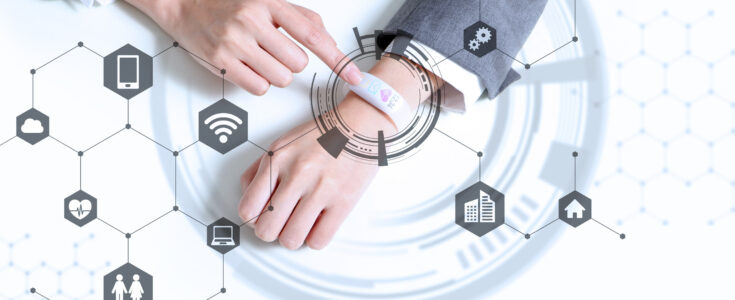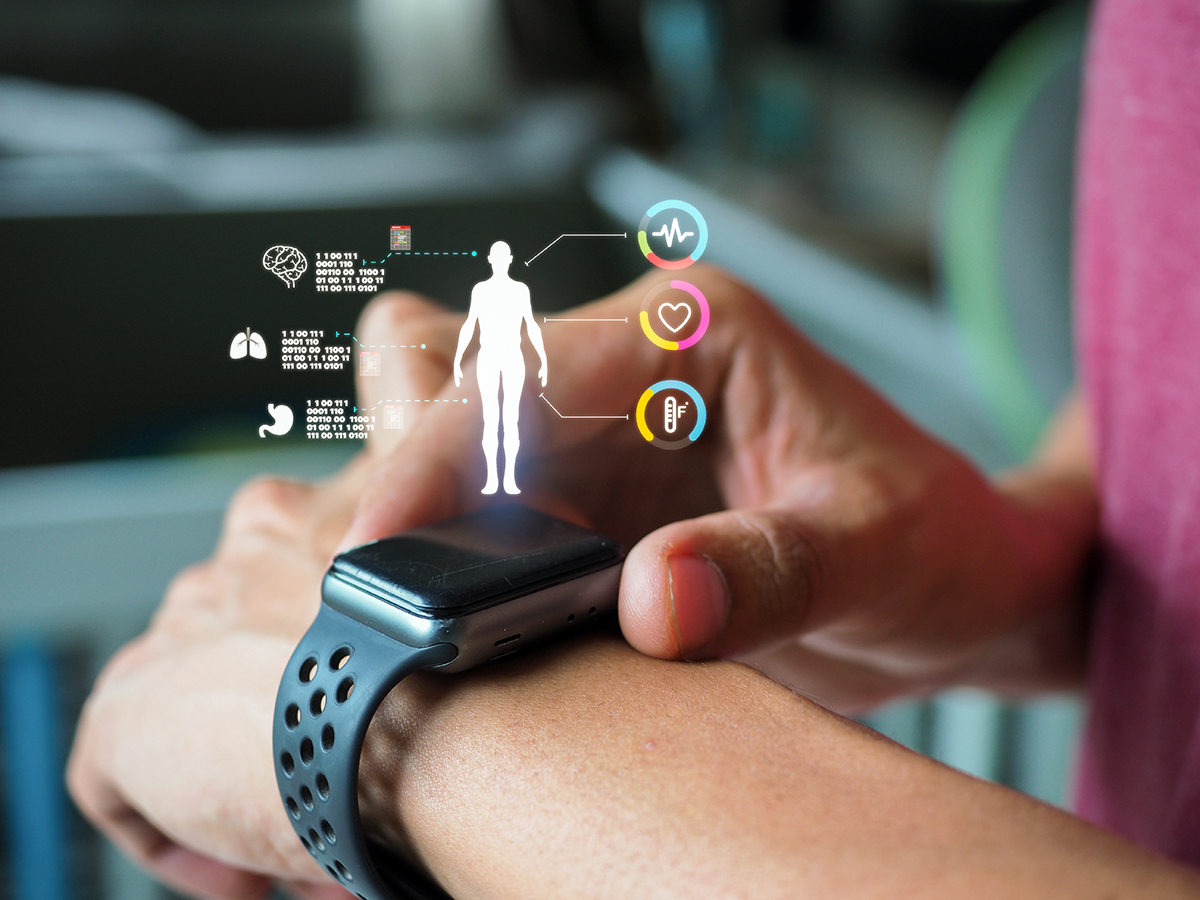
Medtech and the IoMT are Driving the Patient-Centric Care Revolution

It’s no secret that healthcare systems across the world are facing rising costs, exacerbated by aging populations, chronic disease and complex care needs. However, it is becoming increasingly common for patients to encounter the potential solution to this problem, in the shape of advanced medical technology (medtech) and the Internet of Medical Things (IoMT).
The rise of medtech and the IoMT
Medtech devices range from the sort patients may see in regular check-ups, like blood pressure monitors, stethoscopes or thermometers, right through to the kinds of tech they hope not to see, for instance specialized surgical instruments and machines used for the treatment of more serious conditions. It also encompasses consumer health apps.
Connected devices in hospitals and clinics, medical-grade wearables as well as consumer health devices are now collectively known as the IoMT. Taken as a whole, the IoMT will allow the healthcare industry shift care to revolve around the individual, rather than being anchored to where the physicians or specialist equipment is based (ex. hospitals).
The IoMT has been growing steadily for a decade, however, as the technologies on which it depends have matured, so has the power of medtech solutions to help diagnose, monitor and treat patients and improve health outcomes.
How patients benefit from medtech and IoMT
Healthcare systems are under immense strain to accommodate ever larger populations of older patients with complex needs. Who feels this strain most? The elderly, those with mobility issues and those who live in remote, rural areas. The IoMT can make a big difference to precisely these groups, by remotely monitoring patients with chronic diseases like asthma, diabetes or essential tremor. The IoMT is also enabling healthcare organizations to monitor the efficacy of drugs and other therapies, and adjust treatment to suit the needs of individual patients.
There are many other scenarios for the IoMT. Connected systems can track hospital admissions, and, using information such as location, these systems can, in real time, improve resourcing, ease congestion and ensure patients are seen faster and more efficiently.
Personalized care
Delivering healthcare at scale has traditionally relied on standardized approaches and processes. Data engineering and analytics, feeding off the data inputs from the IoMT is changing this model to a far more personalized approach that revolves around the specific needs of the patient.
Already we’re seeing unintrusive devices that enable patients to go about their daily lives without the need for traditional check-ups making healthcare more convenient, and that’s just the start. The next wave of medtech devices, powered by analytics and connected in the IoMT, are enabling an era of precision medicine where treatments are tailored to the individual, based on their history and their real-time health statistics incorporating not only the readings from one medtech or consumer health device at any one time, but capable of parsing all the data coming through about an individual.
Consumer-friendly care
COVID-19 accelerated access to telehealth systems. Suddenly governments and health organizations needed to find alternatives to in-person visits to hospitals and clinics, reserving those appointments for patients who most needed them.
Providing care remotely has proved popular and efficient. Popular because during the pandemic it’s actively reduced the risk of community-based infections, while enabling patients to continue to access treatment. What’s more, the virtual appointments, aided by remote tools and medtech devices, have meant patients are treated in a timely manner in a setting that’s both familiar and convenient. Telehealth is proving efficient because many minor ailments can be being dealt with faster, while visits to doctors are reserved for more complex or serious cases. Healthcare organizations stand to benefit too because telemedicine can improve operational efficiency at the same time as it drives up patient outcomes.
Prevention over cure
In the US, over 16% of the population is over 65. That’s expected to rise to one in five in the next 30 years. The result of this growing, aging population is not only extra pressure on existing healthcare systems. Historically healthcare systems have been geared up to dealing with acute conditions as they happen, rather than preventing illness. Nowadays we’re using this model to treat the increasing numbers of chronic conditions. Healthcare organizations are therefore rethinking how to deploy resources to provide support where it can be of greatest use. Medtech solutions and the IoMT are helping them move to a preventative model of care, detecting disease and making interventions earlier.
Digital therapeutics
An exciting application for the IoMT is digital therapeutics, a subset of the expanding digital health landscape. It delivers evidence-based interventions that help to treat, manage and even prevent a whole range of health conditions, using clinically evaluated software. Examples include immersive VR experiences to treat psychosis, or using the principles and addictive quality of many games and apps to change lifestyle behaviors that will lead to improved health outcomes.
Succeeding in the IoMT
Thanks to the combined forces of accelerated digitalization triggered by the pandemic and the advances in technology that are enabling real-time data collection and analytics, the IoMT is on the cusp of even faster adoption. However, as organizations and patients embrace connected medtech devices to support patient-centric care, there remain serious considerations to be addressed.
Delivering seamless device-to-care provider functionality requires medtech solutions to integrate several technical components at once: data engineering (including analytics), a cloud solution layer, patient and provider engagement and integrations, processing and communications gateways and data logging at the edge layer. Security and QA are paramount.
- Security and privacy protection.
- Interoperability and collaboration challenges between patients’ connected medical devices, health IT systems and consumer health organizations.
- Mass adoption will hinge on great user design.
- Attracting the best talent to build out medtech and IoMT capabilities.
Apexon specializes in digital engineering solutions that disrupt the healthcare market. We’ve applied a digital first approach across the digital healthcare spectrum, working with customers such as leading hospitals, device makers and life science innovators thanks to our expertise in the latest in mobile, IoT and AI technologies. Our strengths include strategy, development and testing. Do you have a digital healthcare challenge? Let us know using the form below. We’d love to help you solve it.




